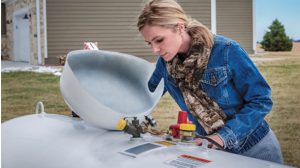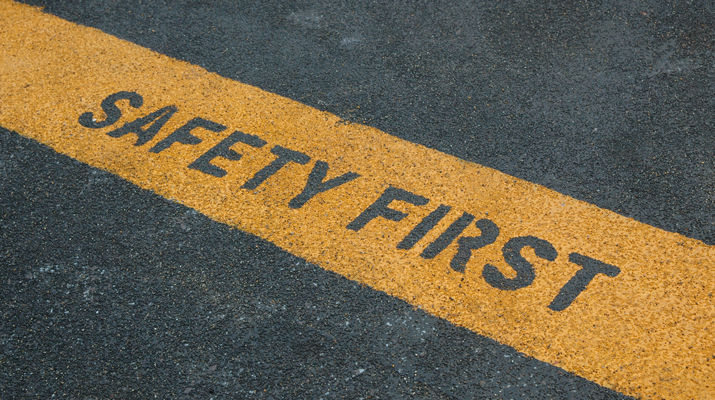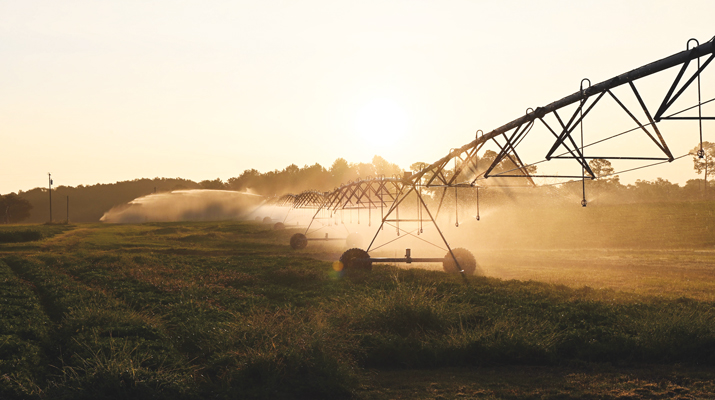Ensuring your safety around propane equipment

When consumers take the time to educate themselves about propane safety, does that knowledge make them safe? There is a difference between knowing and preaching the importance of safety and practicing it. Photo courtesy of the Propane Education & Research Council
Recently, there was a great column in LP Gas magazine about who is responsible for safety. As the article pointed out, we all have the responsibility of being safe, but what does being safe really mean?
When consumers take the time to educate themselves about propane safety by using the Propane Education & Research Council’s (PERC) consumer safety educational materials, does that make them safe? If an industry professional completes other PERC-produced workforce development training material such as the Certified Employee Training Program, does that make the industry professional safe? Does this education also include one’s family, friends, co-workers, customers or other industry professionals? Is simply educating yourself about safety enough to be safe? Certainly, education is the first step, but then what?
There is an unambiguous difference in preaching the importance of being safe and the practice of being safe. When we practice being safe, it puts us in the best possible position to avoid being involved in an accident. Practicing safety requires being in the moment and making an assertive effort to focus on the task at hand. Focusing on the task at hand requires purposely blocking out distractions when performing safety-sensitive tasks. By being in the moment, focusing on the task at hand and blocking out distractions, we put ourselves in a better and safer position when performing tasks.
How many times have you seen a car on the highway drifting left and right in its lane ahead of you? Is it possible the driver allowed the car to drift from side to side because of a distraction?
Statistics have shown that in up to 80 percent of vehicular accidents, distracted driving was a contributing factor. Is it possible that some of these drivers may have avoided being involved in an accident if they had been in the moment, focused on the task at hand, and purposely blocking out distractions?
Being in the moment and focused on the task at hand is also referred to as situational awareness.
Situational awareness focuses on the understanding of your environment with respect to events, time and space. While driving may be considered a more ordinary task, it is nonetheless complex.
Situational awareness starts with evaluating the task you are to perform. What factors could pose a potential risk? Once the task is evaluated, it is critical to identify any potential hazards that are present or may become present while performing the tasks. Then, you can formulate a plan to mitigate those hazards so the task can be performed safely. Practicing situational awareness while performing tasks provides an opportunity to detect factors that are subject to change over time that could affect your safety. Early detection of situations that have the potential to affect your safety is critical while the tasks are being performed. After identifying these potential hazards, you can adjust your plan to remain safe. Staying focused on the task at hand helps to avoid complacency and ensure that you are in the moment: Situational Awareness For Task First, or SAFT-1st.
The next time you reach your destination safely or complete a series of tasks, ask yourself: “While performing these tasks, was I in the moment?” Did you observe distracted drivers on the highway who represented a potential hazard to you? If so, did you give yourself additional space to minimize being involved in an accident? You may have arrived without incident, but was it because you purposely practiced situational awareness and were in the moment – or was it because you just got lucky? When will you weave being safe into your everyday life?
Practicing situational awareness and being in the moment can be the difference between thinking you are safe and actually being safe.
To be or not to be safe, that is the question.
James Hilliard is the safety and operations director for Revere Gas. He can be reached at jhilliard@reveregas.com or 804-776-6834 x906.
NOTE: The opinions and viewpoints expressed herein are solely the author’s and should in no way be interpreted as those of LP Gas magazine or any of its staff members.
















